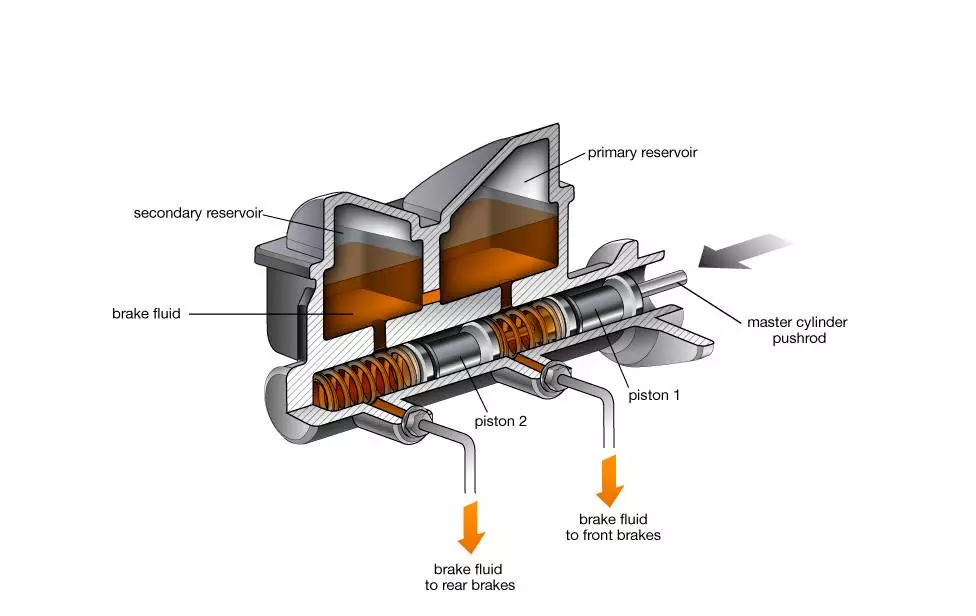As the main hub for brake fluid pressure, the master cylinder is an essential part of a car’s braking system. The car can slow down or stop thanks to its main function of converting the force applied to the brake pedal into hydraulic pressure that activates the wheel cylinders or disc brake callipers. The role of the master cylinder has changed dramatically with the advancement of automotive technology, including the advent of sophisticated braking systems. In response to new demands like as anti-lock brake systems (ABS), the master cylinder has even become more complicated.
Evolution with Anti-lock Brake Systems (ABS)
The introduction of ABS into contemporary automobiles marked the beginning of a new era in braking technology. The master cylinder’s straightforward purpose was adequate in conventional braking systems, but the introduction of ABS complicated its function. For maintaining and upgrading these advanced systems, consider consulting experts in Auto Repair in Watersford MI for top-notch service. By adjusting brake pressure, ABS keeps wheels from locking up when applying severe braking, preserving steering control. Now, the master cylinder and ABS control modules that dynamically modify hydraulic pressure must cooperate.
This demonstrates how this little but powerful part has evolved to meet contemporary safety concerns by requiring a redesign of the master cylinder to make room for more fluid channels and sensors that interface with the ABS control system.
Enhanced Responsiveness and Safety Features
The master cylinder’s contribution to overall brake safety and responsiveness is one of the major breakthroughs in its function. Dual chambers in contemporary master cylinders isolate the front and rear brake systems, increasing dependability. Because of this redundancy, the other circuit can continue to brake even if the first one fails. Furthermore, an integrated brake booster is now frequently found in the master cylinder, which increases the driver’s input force and produces faster and more sensitive braking. As automakers strive to shorten stopping distances and better vehicle control, these improvements represent a changing notion of safety in automobile engineering.
Compatibility with Electronic Brake Force Distribution (EBD)
The development of electronic systems such as Electronic Brake Force Distribution (EBD) is likewise in line with the advancement of the master cylinder. EBD adjusts to changing load circumstances and driving situations by distributing braking forces between the front and back wheels in the best possible way. This calls for much more attention to fluid dynamics and pressure modulation in the design of the master cylinder.
Conclusion
The master cylinder will evolve with automotive technology. Electric and hybrid cars may entirely rethink hydraulic systems, possibly moving toward electronic braking systems without fluids. In either scenario, the master cylinder will be crucial to vehicle safety and performance. Its vital role in modern car braking systems shows how important reliable braking systems are to traffic safety. The master cylinder’s path reflects automotive engineering trends toward efficiency, adaptability, and driver safety.

